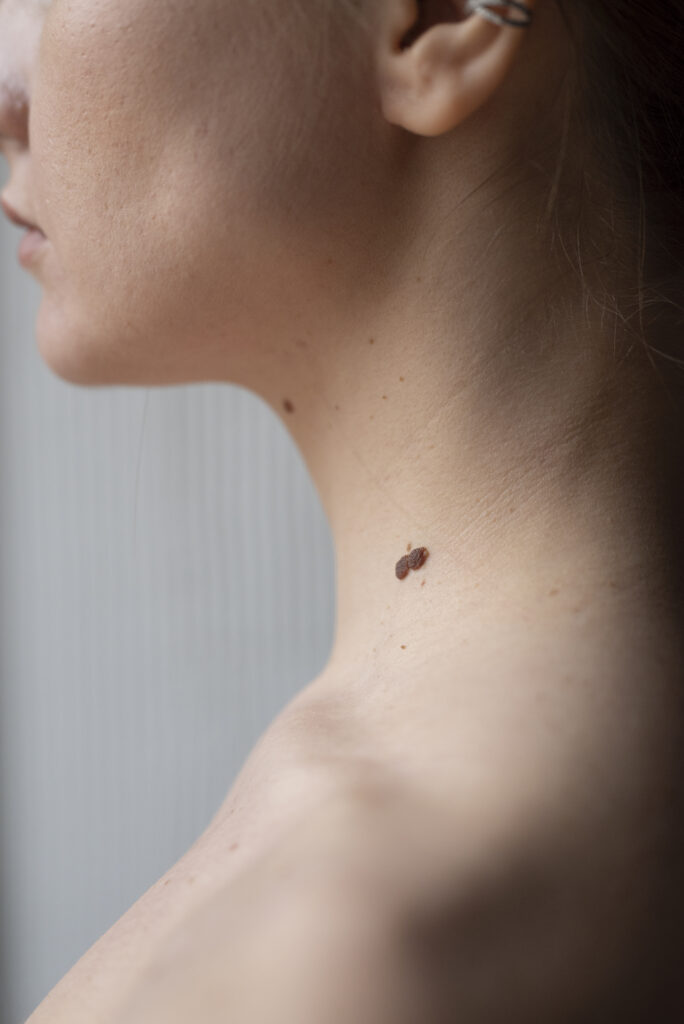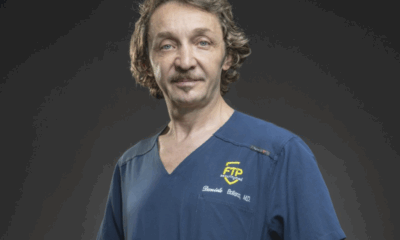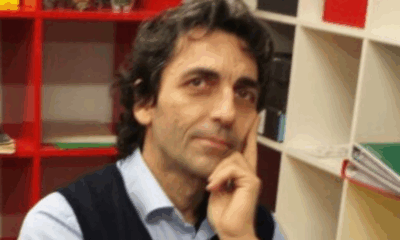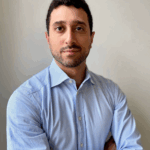Medical doctors and Surgeons
Taking action against skin cancer with a multidisciplinary approach
«85% of skin cancer cases are treatable through surgical procedures. However, 15% can pose a risk to patient’s life. That’s why it’s crucial today to carefully evaluate the best approach for each», emphasises professor Stefania Tenna, specialist in aesthetic plastic and reconstructive surgery at the Campus Bio-Medico in Rome and head of the multidisciplinary group focused on skin cancer treatment.
The therapeutic strategies for skin cancer, the most common tumors, have significantly evolved over the years. A multidisciplinary approach, integrating specialists from different fields to outline the optimal therapy, is ideal for oncological treatment. «All neoplastic pathologies require a multidisciplinary approach – states Tenna -. In cases of tumors that tend to recur and are particularly aggressive, collaborating with geneticists and anesthesiologists is invaluable. These professionals can assist patients in making informed decisions regarding surgical or medical interventions».
Risk factors and treatment guidelines for skin cancer
Several risk factors are associated with skin cancer, primarily prolonged exposure to ultraviolet rays. Additionally, genetic predisposition, fair skin with numerous freckles, light eyes, and the presence of multiple moles can increase the likelihood of developing skin cancer. The use of immunosuppressive drugs for other conditions also contributes to risk.

«Tumors vary significantly. In the case of skin cancer, there are two main types: carcinomas originating from keratinocytes in the epidermis, and melanomas originating from melanocytes – explains Professor Tenna -. Melanomas are the most dangerous, underscoring the importance of regular dermatological screenings for mole and skin evaluations».
Treatment tipically begins with surgical intervention, starting with a biopsy. Anatomical pathologists analyse the removed lesion to determine its characteristics, assessing whether it is a superficial or poses a greater risk.
The most affected area are those exposed to sunlight, such as the face. Plastic reconstructive surgeons play a crucial role here, as Professor Tenna highlights: «In cases of significant damage, plastic reconstructive surgeon restores both function and aesthetics». Alongside wide excision, therapies like laser, electrochemotherapy (ECT), and radiotherapy are considered based on histological reports.
Network of professionals in the field
Patients benefit significantly from accessing integrated multidisciplinary teams in accredited centres. Challenges arise when integrating specialists within local areas.
At the Campus Bio-Medico in Rome, a diagnostic-therapeutic care pathway (PDTA) has been operational for almost a year, playing a pivotal role in managing oncology networks focused on skin cancers. Within the PDTA, experts implement best clinical practices according to modern guidelines, ensuring effective responses to citizens’ healthcare needs.

«Our aim at the Campus Bio-Medico is to establish a network that connects local areas – continues Tenna -. This facilitates access for freelance specialists seeking second opinions or directing patients to superior treatments». Multidisciplinary teams enhance treatment efficiency and effectiveness. Professionals collaborate closely, reviewing cases weekly to determine the best therapeutic approaches. Growing awareness among patients, particularly regarding melanomas, underscores the importance of sun protection and mole checks through public health campaigns. However, awareness for non-melanotic skin cancers, ironically the most prevalent, remains insufficient.
«Patients are often surprised by the necessity for extensive surgical procedures and scar revisions – concludes Tenna -. There’s a misconception that even skin carcinomas can become aggressive to inadequate awareness and understanding».




































